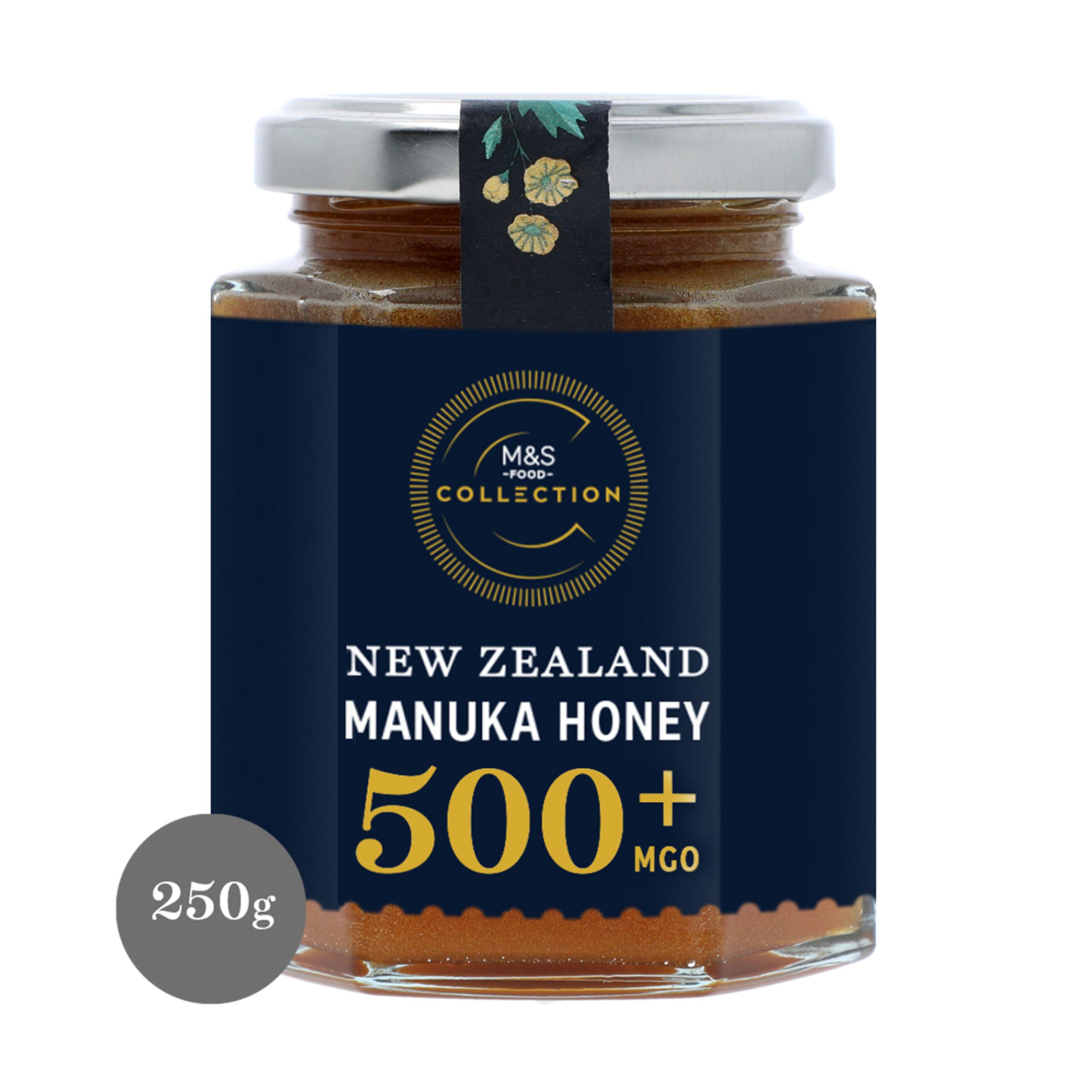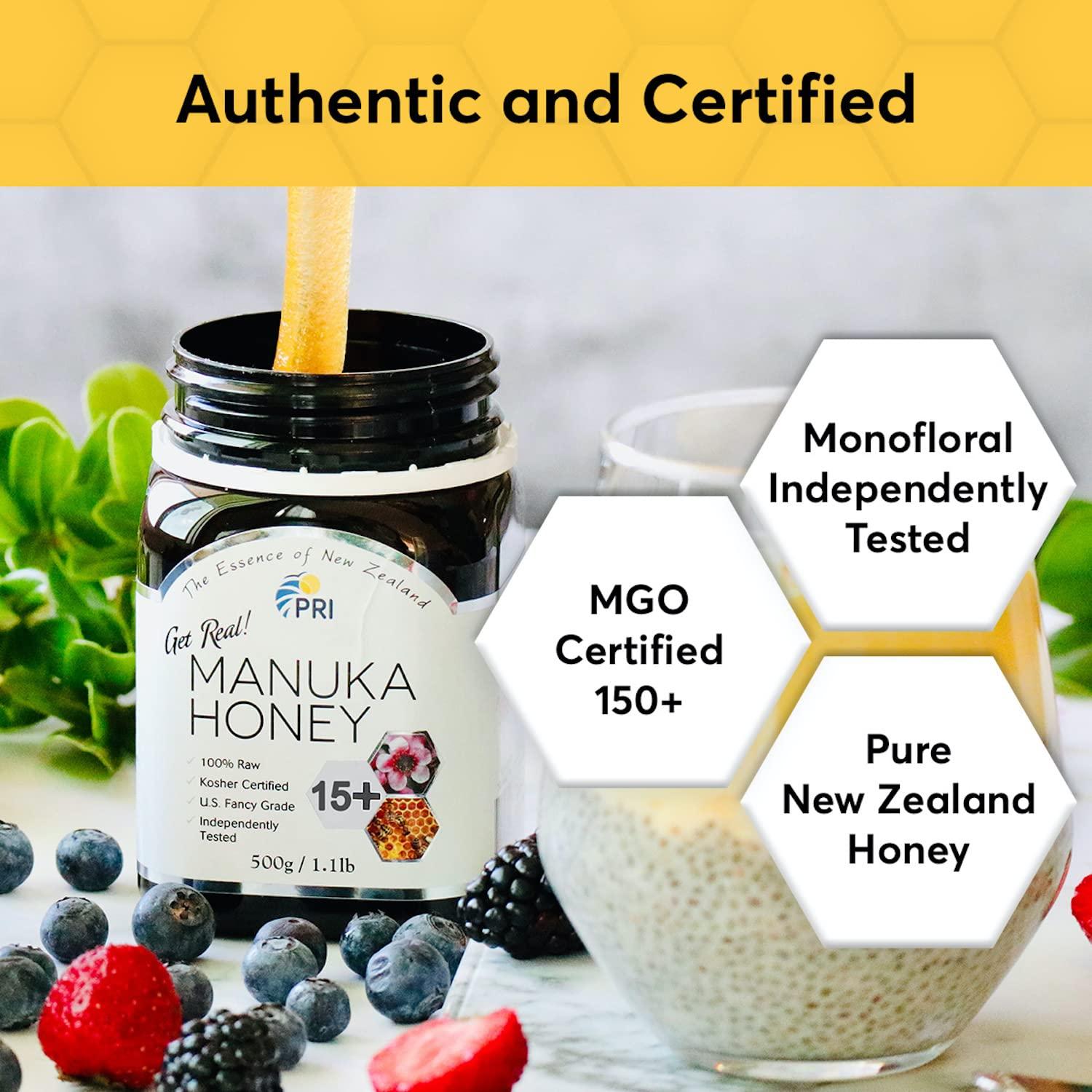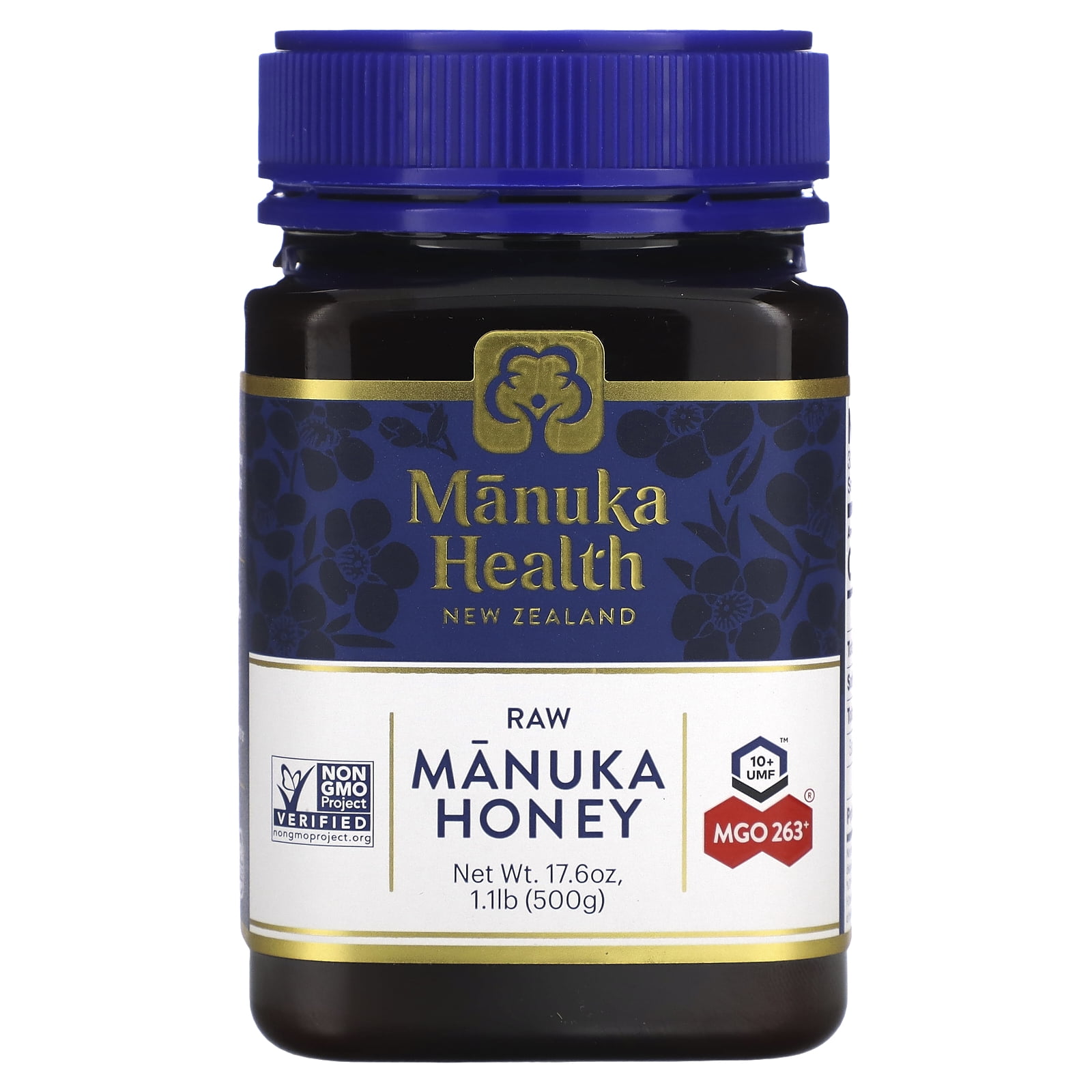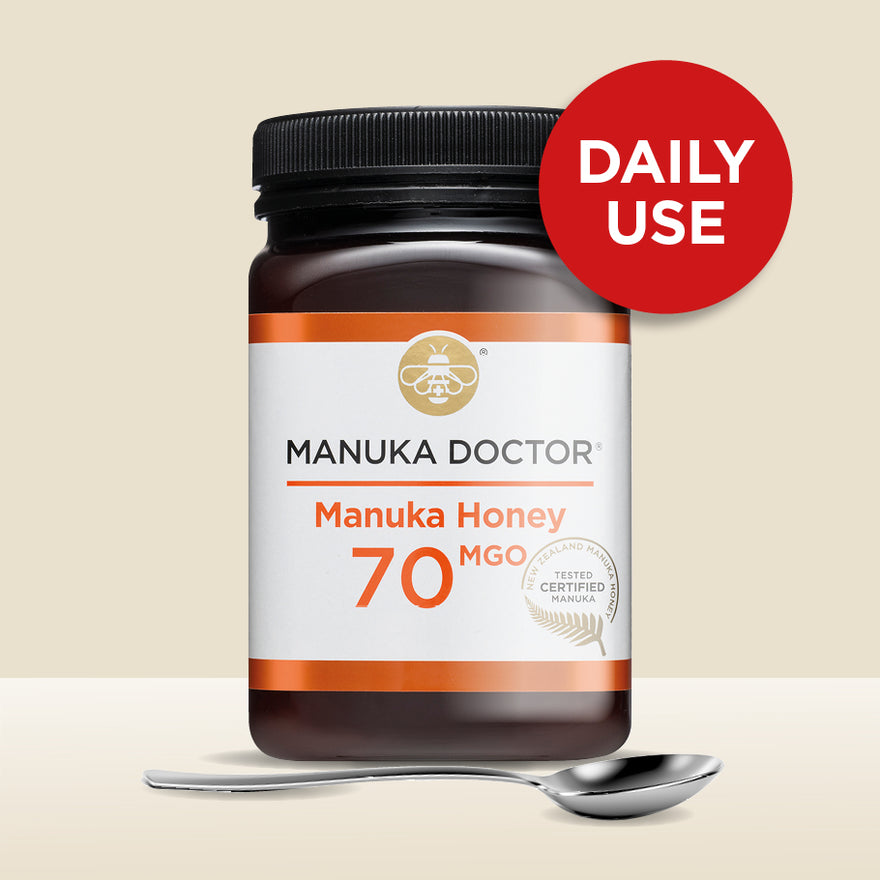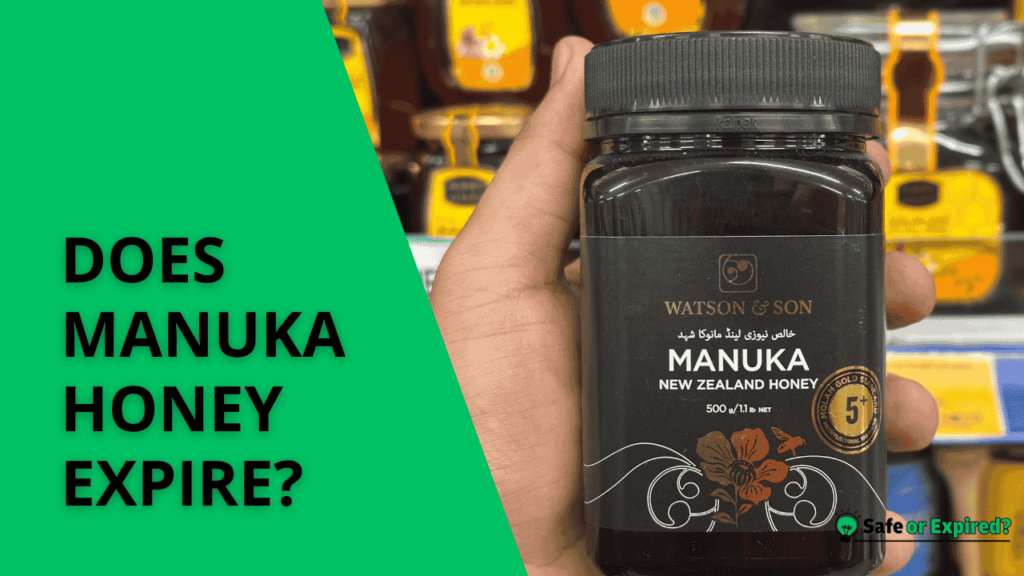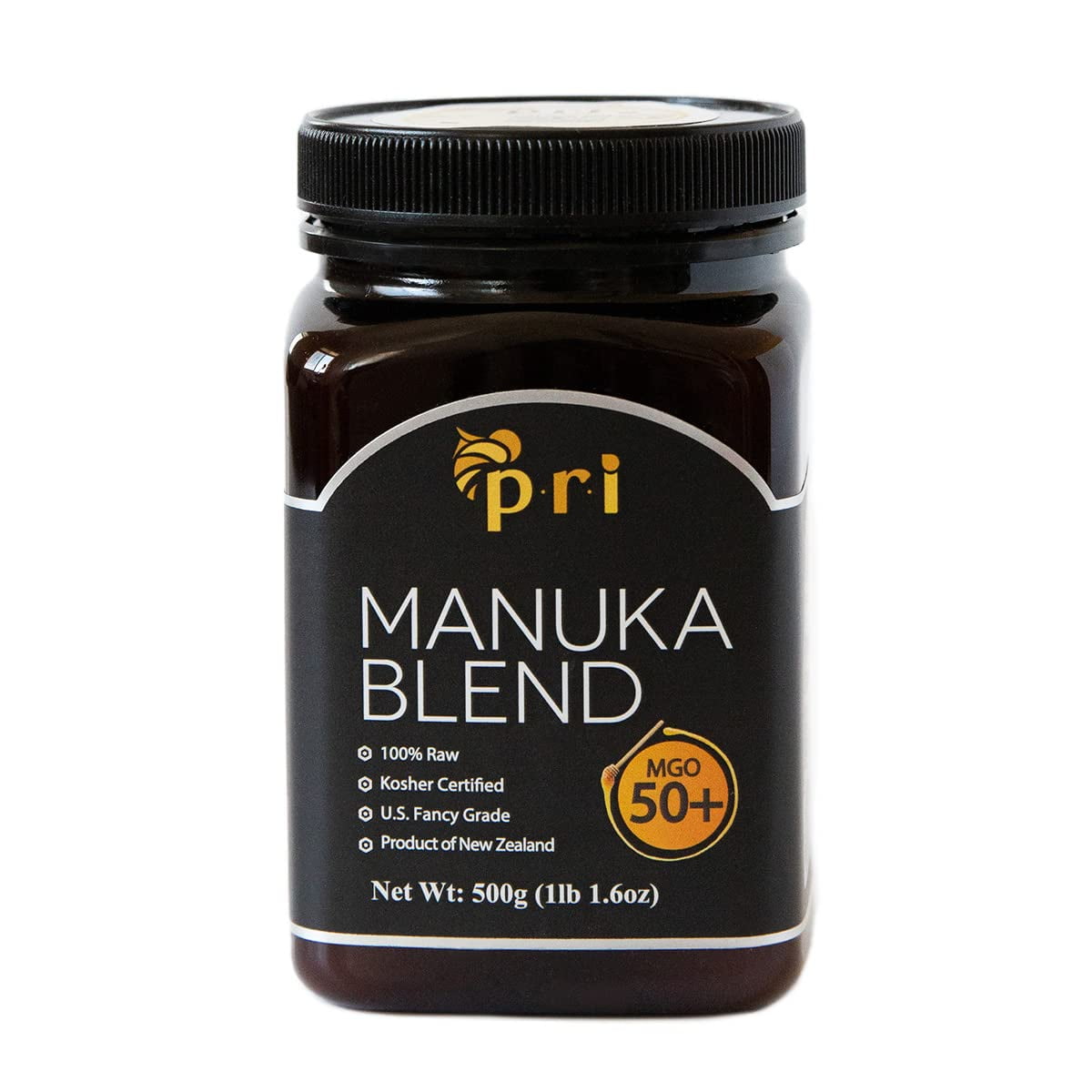How Much Does Manuka Honey Cost
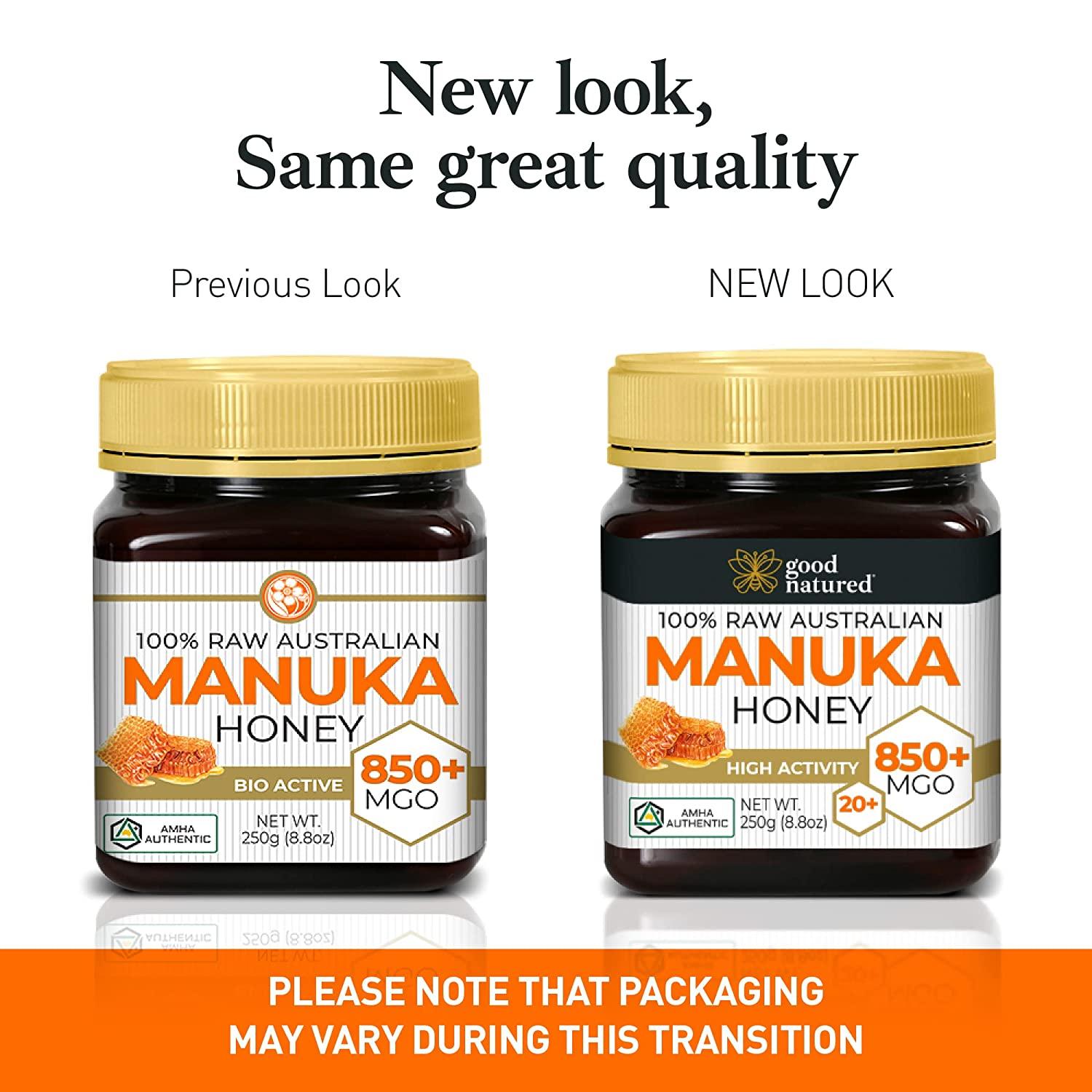
Imagine stepping into a sun-drenched meadow, the air thick with the sweet, earthy scent of blooming Manuka bushes. Bees hum lazily, collecting nectar that promises a golden elixir – Manuka honey. This isn't just any honey; it's a premium product, lauded for its unique properties and distinctive flavor. But what does it truly cost to bring this liquid gold from the hive to your table?
The price of Manuka honey can vary significantly depending on several factors, including its Unique Manuka Factor (UMF) rating, the brand, the size of the jar, and the retailer. While a small jar of lower-grade Manuka honey might set you back around $20, a larger quantity of high-grade honey can easily exceed $100 or even $200. Understanding these price variations is crucial for consumers looking to make informed purchasing decisions.
The Buzz About Manuka Honey
Manuka honey originates from New Zealand, where bees pollinate the native Manuka tree (Leptospermum scoparium). This honey is celebrated for its unique antibacterial properties, attributed primarily to the presence of methylglyoxal (MGO). MGO is a naturally occurring compound found in most honeys, but it's present in significantly higher concentrations in Manuka honey.
These properties have made Manuka honey a popular choice for various uses, from soothing sore throats and aiding digestion to promoting wound healing. Its distinct flavor profile, often described as earthy, slightly bitter, and subtly floral, also contributes to its appeal as a gourmet food item.
Decoding the UMF and MGO Ratings
The UMF rating system is a quality mark that verifies the authenticity and quality of Manuka honey. It assesses several key markers, including MGO, dihydroxyacetone (DHA), and leptosperin. A higher UMF rating indicates a greater concentration of these beneficial compounds and, consequently, a more potent honey.
Alternatively, some brands may focus solely on the MGO level, clearly stating the milligrams of MGO per kilogram of honey (mg/kg) on the label. While UMF provides a more holistic assessment, the MGO level offers a direct measurement of the key antibacterial component.
Understanding these ratings is crucial for determining the appropriate grade of Manuka honey for your needs. Lower UMF or MGO ratings are suitable for general wellness and culinary use, while higher ratings are often preferred for therapeutic applications.
For instance, a UMF of 10+ or MGO of 263+ is considered a good starting point for those seeking noticeable health benefits.
Factors Influencing the Price of Manuka Honey
Several factors contribute to the relatively high price of Manuka honey. The limited geographical availability of the Manuka tree is a significant constraint. Manuka trees are primarily found in New Zealand, and to a lesser extent in Australia, making the honey a geographically specific product.
The honey extraction process itself is also labor-intensive. Beekeepers must carefully manage their hives and ensure that bees are primarily foraging on Manuka blossoms during the short flowering season. This requires specialized knowledge and meticulous attention to detail.
Furthermore, the rigorous testing and certification processes associated with UMF and MGO ratings add to the overall cost. These processes are essential for verifying the authenticity and quality of the honey, but they also require significant investment.
Brand Reputation and Marketing
Brand reputation plays a crucial role in determining the price of Manuka honey. Established brands with a proven track record of quality and authenticity often command a premium price. Marketing and distribution costs also contribute to the final price that consumers pay.
Some brands invest heavily in marketing to promote their Manuka honey, highlighting its unique benefits and certifications. These marketing efforts can increase consumer awareness and demand, ultimately impacting the price.
Supply and Demand Dynamics
Like any commodity, the price of Manuka honey is also influenced by supply and demand. Fluctuations in weather patterns, such as droughts or excessive rainfall, can affect the Manuka bloom and the overall honey yield. Increased global demand for Manuka honey, driven by its health benefits and culinary appeal, also puts upward pressure on prices.
Navigating the Market: Tips for Buying Manuka Honey
Given the premium price of Manuka honey, it's essential to be a discerning consumer. Always look for the UMF or MGO rating on the label. This ensures that you're purchasing authentic Manuka honey with the claimed levels of beneficial compounds.
Purchase from reputable retailers or brands with a solid reputation for quality and authenticity. Look for certifications from independent organizations that verify the origin and quality of the honey. Pay close attention to the label, verifying that the honey is "Made in New Zealand."
Compare prices from different retailers and brands to ensure you're getting a fair deal. Consider the size of the jar and the UMF or MGO rating to determine the best value for your money. Be wary of suspiciously low prices, as these may indicate counterfeit or diluted products.
According to the Unique Manuka Factor Honey Association (UMFHA), purchasing from a certified source is the best way to ensure authenticity.
The Future of Manuka Honey Pricing
The demand for Manuka honey is expected to continue growing in the coming years, driven by increasing awareness of its health benefits and culinary applications. This could potentially lead to further price increases, especially for high-grade honey with higher UMF or MGO ratings.
Efforts to increase the sustainable production of Manuka honey are also underway. These efforts include planting more Manuka trees and improving beekeeping practices to maximize honey yields while minimizing environmental impact. However, these initiatives will take time to have a significant impact on the overall supply and price of Manuka honey.
A Sweet Investment in Well-being
While the price of Manuka honey may seem high compared to other types of honey, many consumers view it as a worthwhile investment in their health and well-being. Its unique antibacterial properties and distinct flavor profile make it a prized addition to any pantry.
By understanding the factors that influence the price of Manuka honey and following the tips for purchasing authentic products, consumers can make informed decisions and enjoy the many benefits that this liquid gold has to offer. Perhaps that spoonful isn't just sweetness, but a commitment to mindful consumption and a celebration of nature's remarkable gifts.

